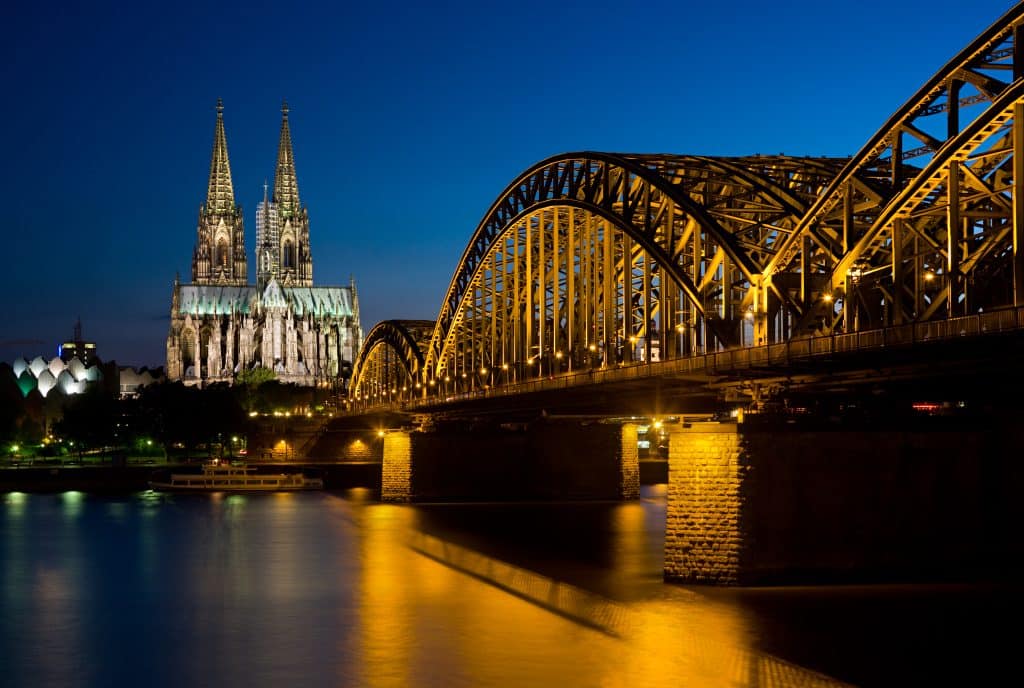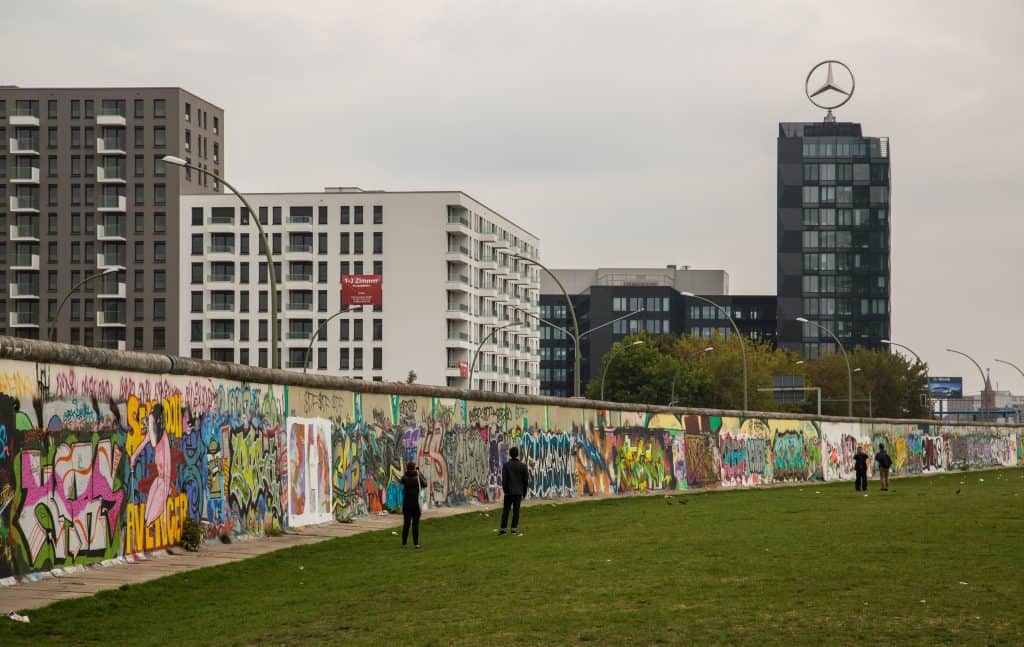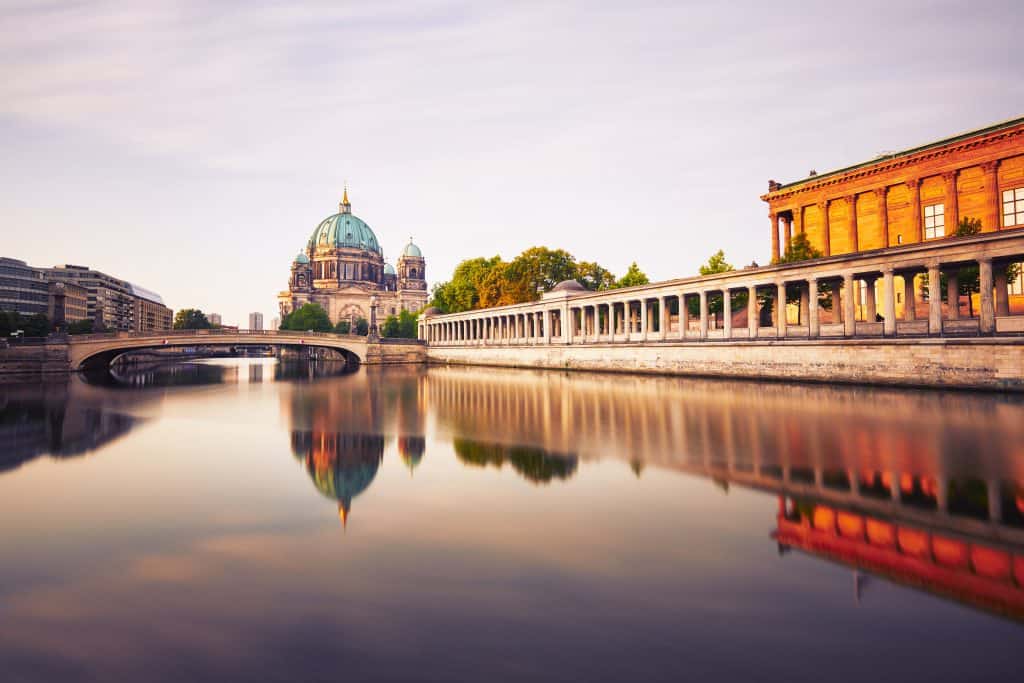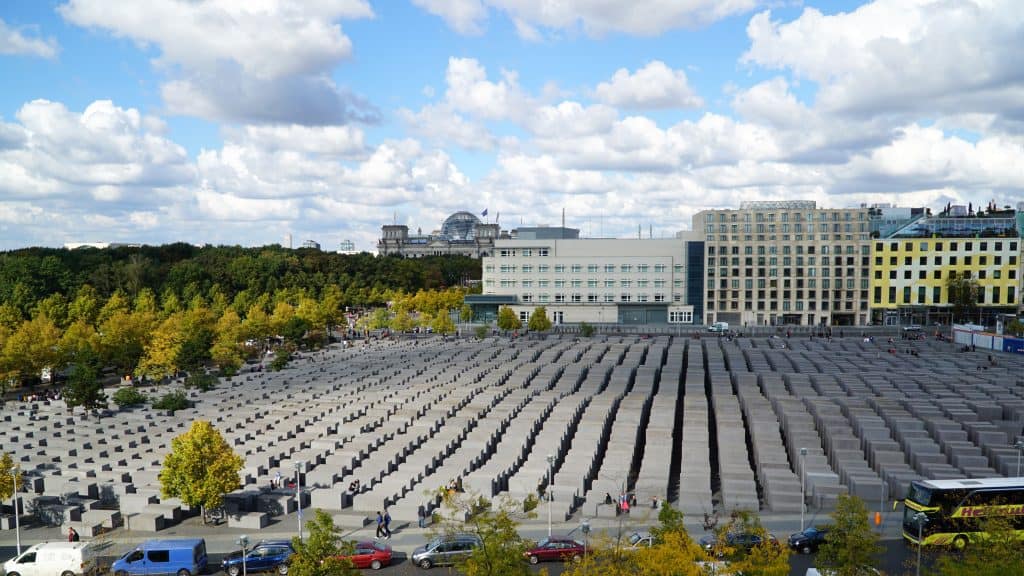
UNESCO World Heritage Sites
Germany’s UNESCO World Heritage Sites stand as testament to the nation’s rich history and cultural significance, offering a captivating journey through time. The awe-inspiring Cologne Cathedral, an architectural marvel, dominates the skyline with its intricate Gothic design, while the palaces and parks of Potsdam and Berlin reflect the opulence of the Prussian monarchy. The majestic Würzburg Residence showcases baroque splendor, while the Roman monuments of Trier unveil layers of history spanning two millennia. The breathtaking landscape of the Wadden Sea, a unique coastal ecosystem, intertwines natural wonders with cultural heritage. From the classical remains of Weimar to the picturesque town of Quedlinburg, Germany’s UNESCO World Heritage Sites weave a tapestry that celebrates the nation’s diverse cultural legacy, inviting travelers to explore its historic treasures and cultural marvels.



